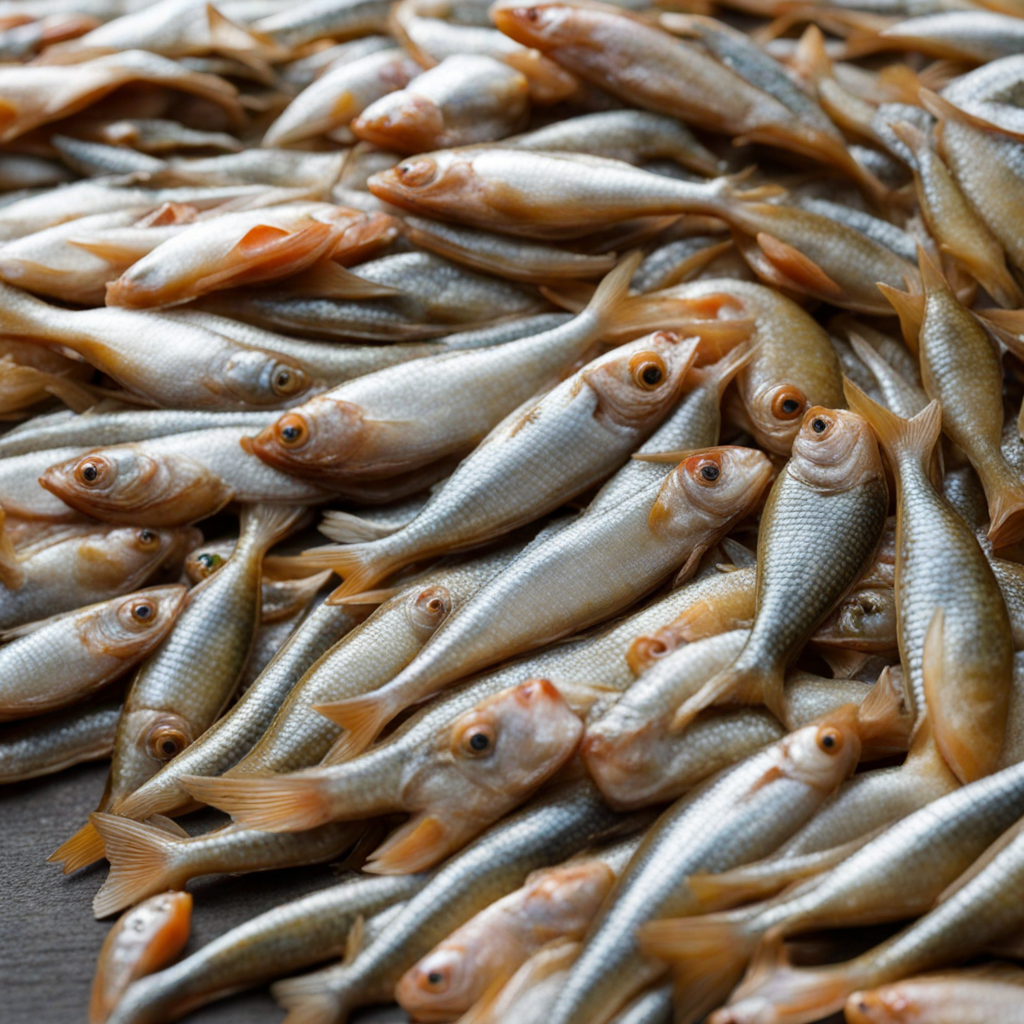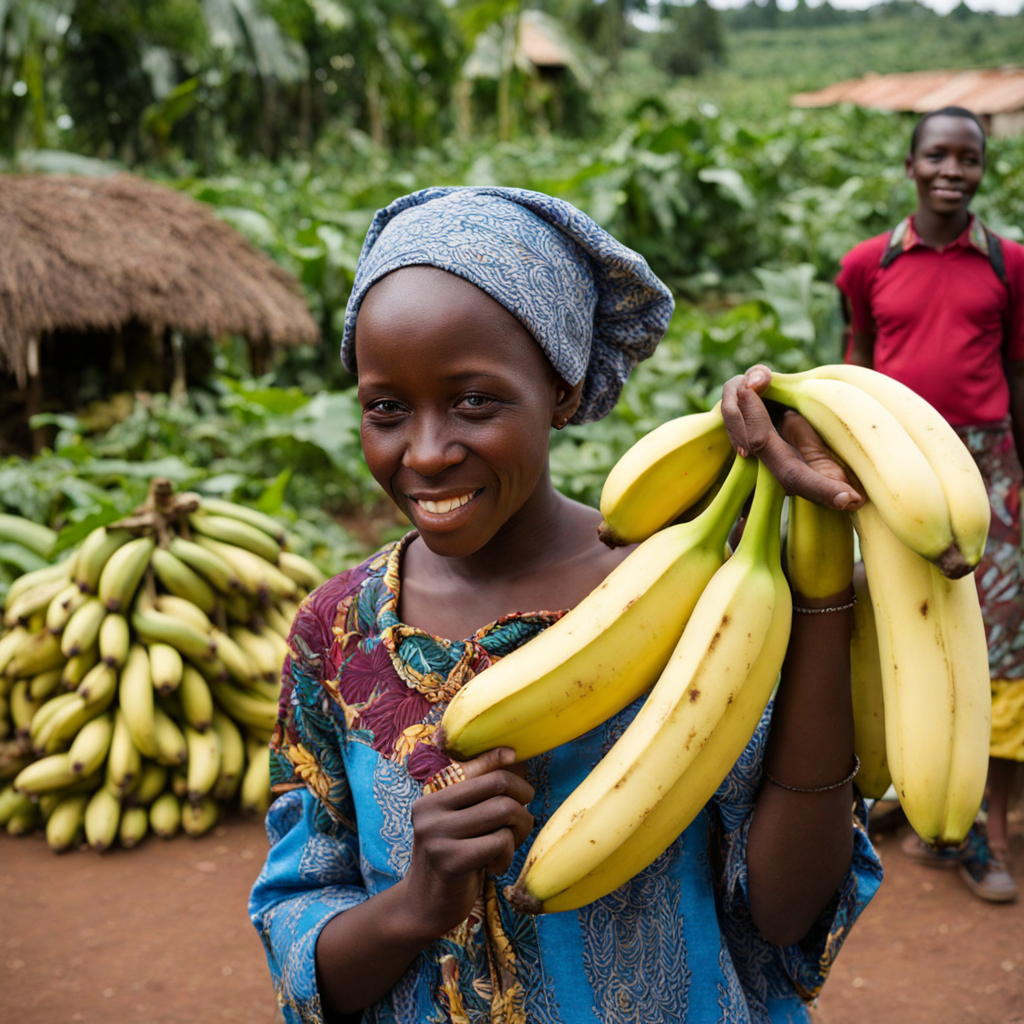Indagara
Indagara is a traditional Rwandan dish that showcases the rich flavors and culinary heritage of the region. This savory dish is primarily made from the delicate meat of the Nile perch, a freshwater fish that thrives in the lakes and rivers of Rwanda. The fish is often marinated in a blend of local spices, herbs, and citrus juices, allowing for a harmonious infusion of flavors that elevate the natural taste of the fish. The preparation typically involves grilling or steaming, which preserves the tenderness and moisture of the fish, resulting in a dish that is both succulent and satisfying. Accompanying the Indagara is a vibrant array of side dishes that highlight the country's agricultural bounty. Common accompaniments include a variety of starchy staples such as plantains, sweet potatoes, or the ever-popular Ugali, a thick maize porridge that serves as a perfect vessel for soaking up the delicious juices of the fish. Additionally, fresh vegetable salads and spicy salsas made from locally grown ingredients add a refreshing crunch and a kick of heat to the meal, enhancing the overall dining experience. The presentation of Indagara is as beautiful as its flavors, often served on a large communal platter that invites sharing and connection among diners. The dish embodies the essence of Rwandan hospitality, where food is not just about nourishment but also about bringing people together. As you savor each bite of Indagara, you are not only indulging in a delightful culinary experience but also immersing yourself in the rich tapestry of Rwandan culture and traditions.
How It Became This Dish
Indagara: A Culinary Journey Through Rwandan Heritage Indagara, a traditional Rwandan dish, is not just a meal; it is a testament to the rich cultural tapestry of Rwanda, embodying the nation's history, agricultural practices, and communal values. This dish, often comprised of small fish that are either dried or fried, has been a staple in Rwandan households for generations. As we explore the origins, cultural significance, and evolution of Indagara, we uncover the heart of Rwandan culinary identity. Origins of Indagara Indagara primarily refers to the silver cyprinid fish, locally known as *Limnothrissa miodon*, which is native to the freshwater bodies of East Africa, particularly Lake Kivu. This lake has long been a vital resource for the Rwandan people, serving as a source of sustenance, trade, and cultural exchange. The fishing of Indagara can be traced back centuries, predating colonial influences. The indigenous communities surrounding the lakes relied on fishing not only for their diet but also for various cultural practices, including rituals and celebrations. Historically, the fishing techniques employed were deeply rooted in local traditions. Fishermen used nets, traps, and even traditional canoes to catch the fish, often sharing their catches with the community. This communal approach to fishing reflects a broader societal value in Rwandan culture, where sharing resources and food is a demonstration of solidarity and kinship. Cultural Significance Indagara holds a prominent place in Rwandan culture, symbolizing sustenance and community. The dish is often enjoyed with staple accompaniments such as plantains (ibihaza) or beans (ibihaza), illustrating the Rwandan ethos of balanced nutrition. The preparation and consumption of Indagara can be seen during various social gatherings and ceremonies, from family meals to larger communal feasts. In Rwandan tradition, food is more than mere sustenance; it serves as a medium for storytelling and cultural expression. Indagara is often prepared with a blend of local spices, herbs, and vegetables, allowing families to pass down recipes through generations. Each family might have its unique twist on the dish, fostering a sense of identity while also celebrating the diversity of Rwandan cuisine. Moreover, Indagara is often associated with hospitality. Serving this dish to guests is a gesture of warmth and welcome, emphasizing the importance of community bonds. It reflects the Rwandan proverb “Umuntu ni umuntu ku bandi,” which translates to “A person is a person through other people.” This proverb encapsulates the idea that one's humanity is deeply connected to the community, and sharing food is a vital aspect of that connection. Development Over Time The evolution of Indagara has been influenced by various factors, including agricultural practices, globalization, and changing culinary trends. As Rwanda has faced periods of hardship, including the devastating genocide in 1994, the resilience of its people has been mirrored in their culinary practices. Post-genocide, there has been a significant movement towards revitalizing traditional dishes like Indagara as a means of preserving cultural heritage and promoting national identity. The introduction of modern cooking techniques and the influence of international cuisine have also impacted how Indagara is prepared and consumed. While traditional methods remain popular, there is an increasing trend towards incorporating contemporary elements, such as fusion recipes that blend Rwandan flavors with those from other culinary traditions. This fusion reflects a broader trend in the global food landscape, where traditional dishes are often reimagined to cater to evolving tastes. Furthermore, the growing emphasis on sustainable fishing practices and the importance of protecting Lake Kivu's ecosystem has led to new approaches in sourcing and preparing Indagara. Awareness campaigns and local initiatives focus on responsible fishing methods, ensuring that future generations can continue to enjoy this cherished dish without depleting natural resources. Indagara in Contemporary Rwandan Society In modern Rwandan society, Indagara has gained recognition beyond local kitchens. It is increasingly featured in restaurants, food festivals, and culinary competitions, showcasing the dish's versatility and cultural significance. The Rwandan government has also recognized the importance of culinary heritage in promoting tourism, leading to initiatives that celebrate traditional foods like Indagara as part of the national identity. As Rwandans navigate the complexities of globalization, Indagara remains a symbol of their rich cultural heritage. It serves as a link to the past, fostering pride in Rwandan traditions while adapting to contemporary tastes and lifestyles. The dish has become a canvas for culinary innovation, inspiring chefs to create new interpretations while honoring its traditional roots. Conclusion Indagara is more than just a dish in Rwandan cuisine; it is a narrative woven into the fabric of the nation’s history, reflecting the resilience, communal values, and cultural pride of the Rwandan people. From its origins in the waters of Lake Kivu to its place on modern dining tables, Indagara embodies the spirit of Rwanda—one that cherishes the past while embracing the future. As global interest in Rwandan cuisine continues to grow, Indagara stands as a testament to the enduring power of food as a cultural connector. It invites us to savor not only the flavors of the dish but also the stories, traditions, and communal bonds that give it meaning. In every bite of Indagara, one can taste the history of a nation and the heart of its people, making it a true culinary gem of Rwanda.
You may like
Discover local flavors from Rwanda







